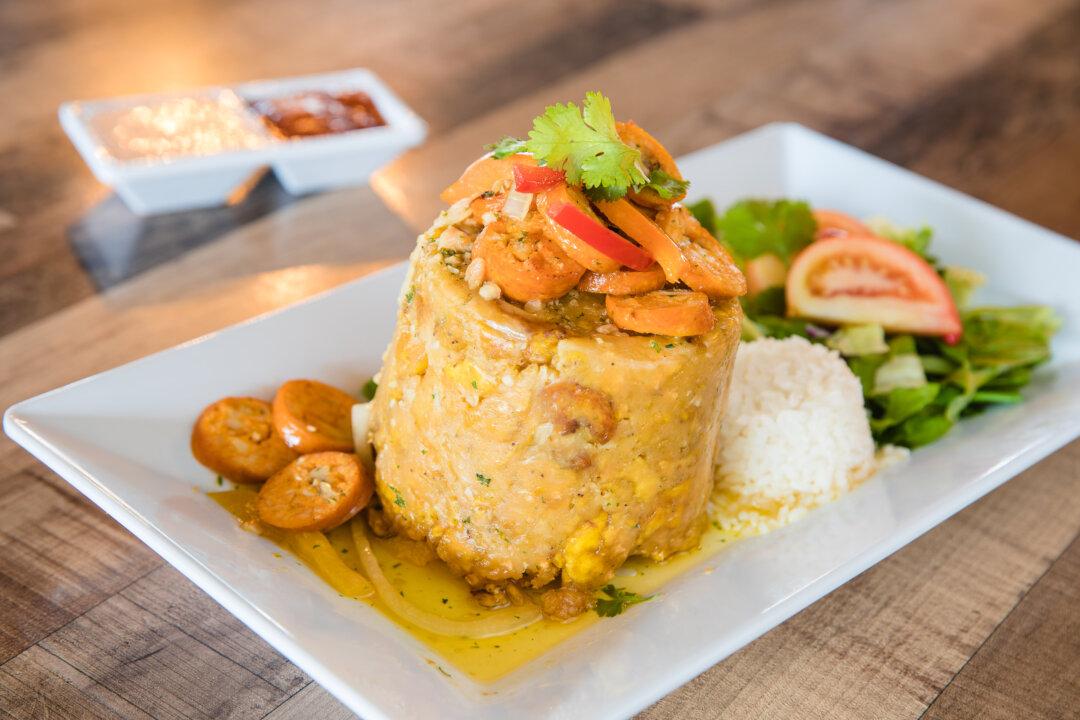On a recent trip to Puerto Rico, I was told to try the mofongo, a savory dish made with green plantains. I had heard of it before and was already a big fan of mangú, a similar plantain dish from the Dominican Republic.
As expected, mofongo wasn’t hard to find. While walking along the food stalls and bars at Loquito Beach, I saw it on several menus, and even the fancy resort I stayed at offered it as local cuisine.





